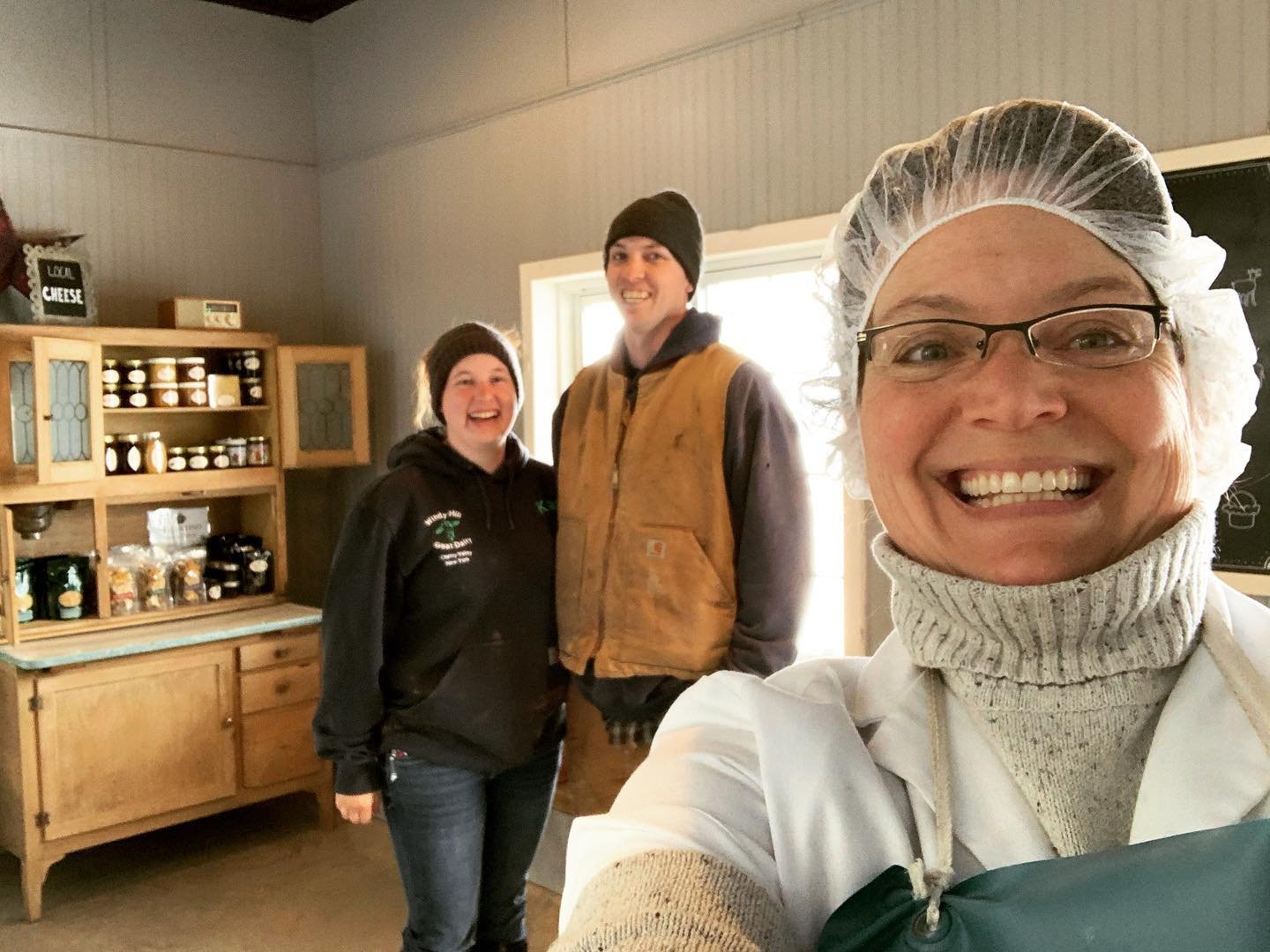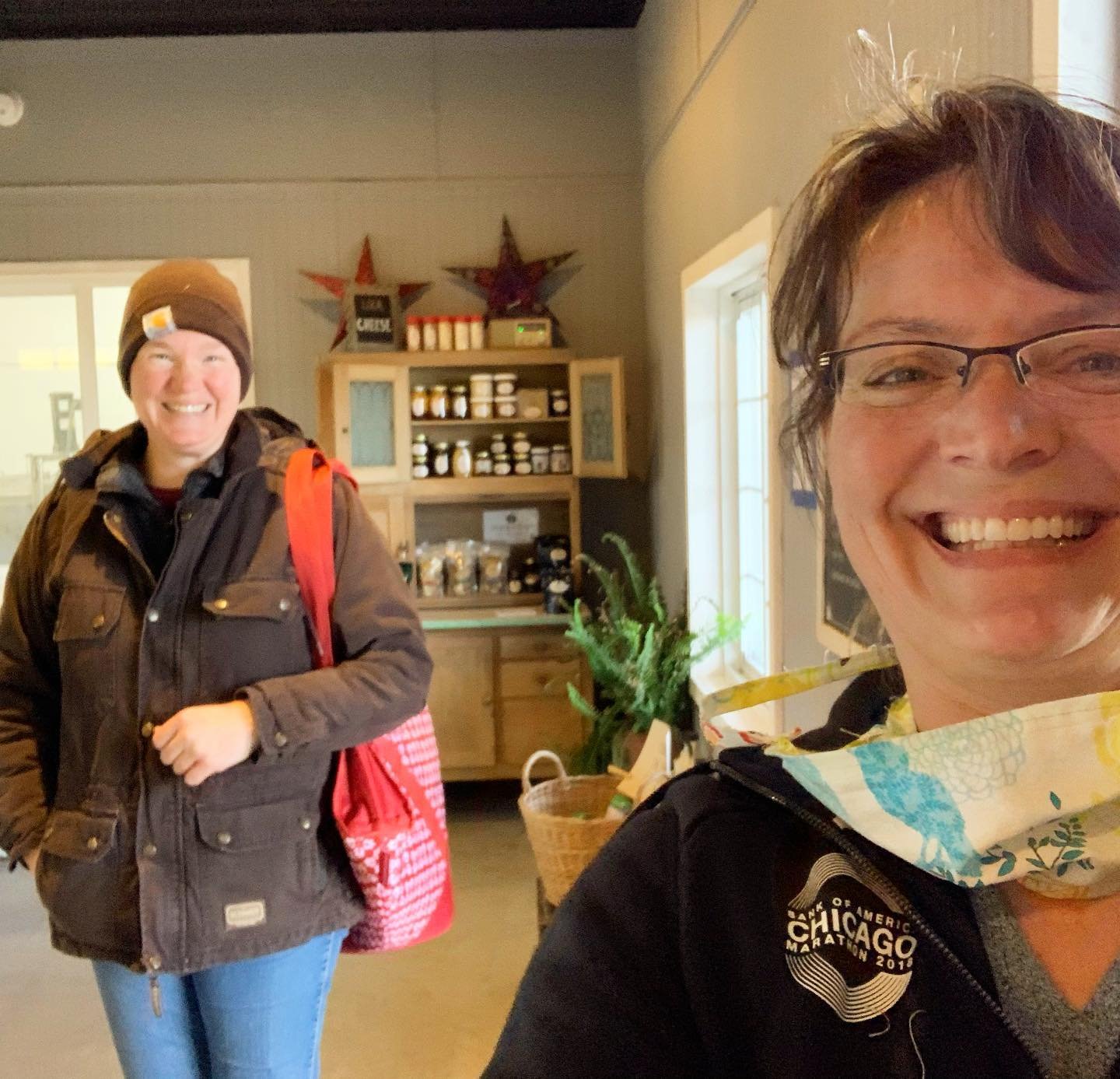A friend asked me recently how I would feel if there was more competition in the Mohawk Valley for our farm’s products. It is a fair question, I guess; especially since highlighting farmers and the local rural economy is one of my passions. At some point, we may find ourselves amongst many cheese and gelato makers or pastured poultry farmers and life would be much harder…right?
I immediately flashed back to my Econ-101 class in college, a required-but-not-in-my-major class that was probably at 8 o’clock in the morning…the kind of class I took begrudgingly but where I listened attentively and took copious notes. It was the kind of class where—try as I might—I only retained details long enough to pass the quizzes and final exam.
But one thing really did stick. I remember the professor posing this question to the class: If you owned a gas station, would you rather be the only gas station—with no competition in sight—OR would you rather be on a corner with three other gas stations occupying the other three corners? It was pretty clear to all of the students that the first scenario was the best. If you’re the only gas station around, everyone has to come to you and you can set your own prices. Four gas stations on all four corners, competing for the same customers—forget it, there’s no contest…right?
But our professor explained that the reality was quite the opposite. Gas stations in the four corners scenario generally perform better, with higher sales volumes, higher rates of profitability, and lower rates of failure. It was completely counterintuitive.
There are two major themes at play in our gas station scenarios: healthy competition and consumer behavior. First, the absence of healthy competition (a monopoly) generally has a negative effect on micro- and macro economies. In theory, if a gas station is the “only game in town,” with little-to-no competition, their higher prices produce a negative draw on everyone bearing that extra cost. Consumers and small business owners alike all put a greater percentage of their budget toward fuel, taking away from seemingly less immediate needs like education, investment, and other improvements. The irony is that over the long term, the lone gas station suffers, too.
Consumer behavior can have an even greater and more immediate impact on our fictitious gas stations. Consumers intrinsically understand that competition is a good thing, and will believe that prices in the four corners scenario are generally a little lower (whether they are or not). Furthermore, consumers will associate fueling up with that particular intersection, making it the place to go by placing the location first and foremost in their minds when the gas gauge hits “E”. All four gas stations benefit from a common location—a virtual collaboration.
If we apply this same logic to local agriculture, it is clear to me that everyone benefits from a larger number and greater variety of producers. Customers have access to a wider variety of fresh, affordable foods and farmers benefit from a strong regional or local identity. It is the reason Wisconsin promotes itself as “America’s Dairyland” and Georgia, the “Peach State”.
At a smaller scale, farmers benefit from vending at a farmer’s market, for example, or joining forces in other ways. The CNY Cheese Trail is an excellent example of producers collaborating to raise awareness and promote agritourism. By further partnering with the Little Falls Cheese Festival, the two entities are even better able to amplify the message that Central New York is a burgeoning cheese producing area, benefitting makers and dairy farms, with positive rippling effects on restaurants, hotels, and small retail shops, and visitors contributing to local sales tax coffers. Win-win-win!
Unfortunately, not everyone got the memo on collaboration and competition. I was surprised recently when we tried to rent a billboard space to advertise our farm store and the farmer who owned the property demanded it be taken down, refusing to have another farm advertise on her land. I understand—I too thought the lone gas station would be more successful. It really is easier to look inward, to see everyone else as competition and not a potential partner or collaborator. Indeed, despite the overall willingness to help one another baling hay, pouring concrete, and myriad other projects, there is a long history of farmers and neighbors refusing to collaborate, especially on really complicated issues. Decades ago, our very neighborhood saw some farmers dumping milk to protest low prices while others quietly delivered their milk under cover of darkness. Windows were shot out; a barn was burned down. It got ugly.
But I refuse to believe farmers helping farmers is anything but a good thing. In fact, there is an exciting newer collaboration of farmers taking place in the Mohawk Valley. Called the “Farmer’s Park-It”, it is a loose association of farmers (including Jones Family Farm) that takes orders and payments online and meets their customers either in New Hartford on Thursday afternoons or in Old Forge on Fridays. The group started during the earliest stages of the pandemic, when several of the producers realized they were all taking orders from customers, running deliveries throughout the area, and meeting people in parking lots—oftentimes the same customers. By collaborating on shared communications, promotions, and deliveries, the group has seen growth in our customer base, an increase in sales, and a reduction in labor. Despite some crossover in product offerings, we are all benefitting. Imagine that…win-win-win!
***For anyone interested in more information on the Farmer’s Park-It, look for and follow the @farmers.park.it Facebook page!

